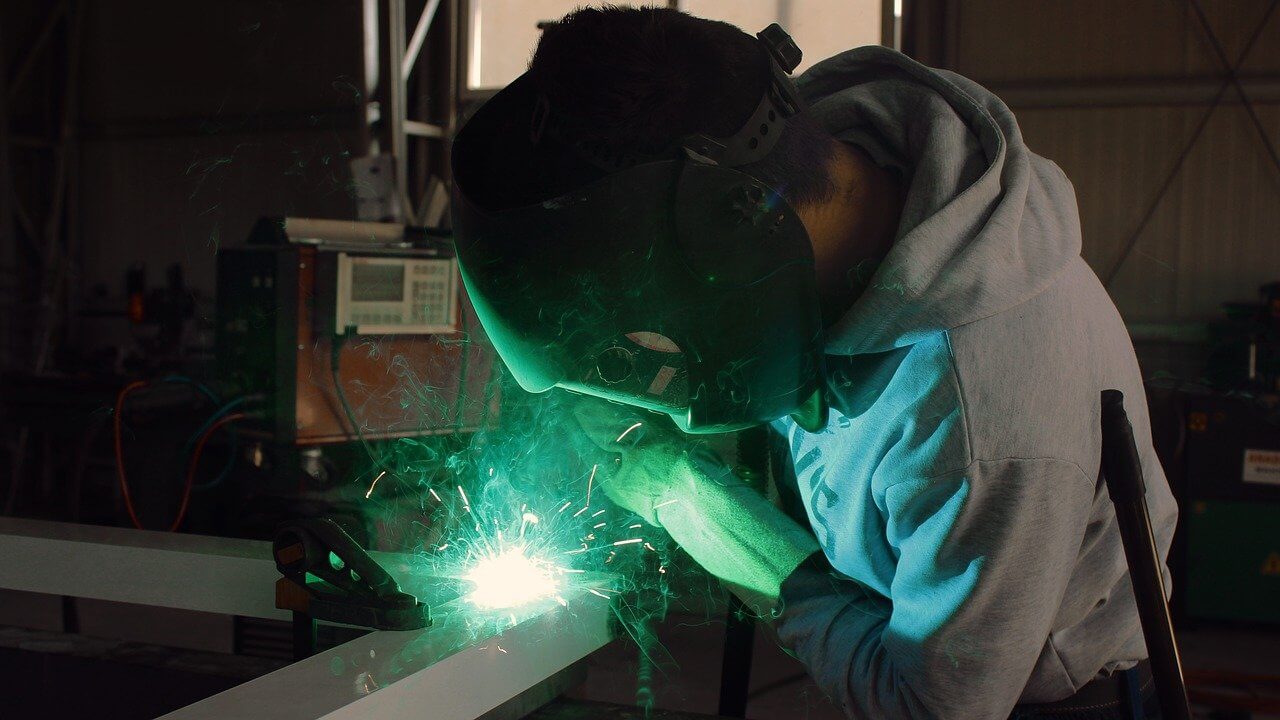Mundane and repetitive work has become one that needs analytical and problem-solving skills.
New technologies such as the Industrial Internet of Things are being used to optimise resources, analyse cross-facility operations, ensure predictive and proactive maintenance of assets, monitor manufacturing operations in real-time, and in areas like supply-chain visibility and safety. This way, plant managers can reduce downtime and improve process efficiency.
As a result, there is a need for a workforce that understands the modern way of work. The skills gap problem, described as the disparity between the level of skills required for a specific job and the basic skills possessed by employees, is complex and hasn’t reduced for the following reasons:
Read: 10 must-have HR policies for your employee handbook
-
Shortage of skilled applicants for the job role
The supply of skilled professionals from high schools and university programs is not keeping pace with demand.
Thus, many manufacturers struggle to find enough candidates who have some experience and have the proper training and education needed to do the job.
-
Employee retirement
Employees exiting a company is a natural part of the business cycle, but a knowledge and skills gap is created when workers retire.
-
New technologies
Advancement in tech solution has revolutionised the manufacturing sector and its career opportunities.
Emerging roles like cybersecurity analysts, data analyst, robotics consultants and other technical jobs haven’t existed until recently, so there is no ready pool of qualified talent to draw from. In fact, the skills needed are still being defined, and available training programs are few.
What is the desired solution?
First, you need to identify the skills deficiencies in your workforce. You can do this by conducting a skills gap analysis. Take a critical look at the skills of your current workforce and compare them to the skills needed to achieve business goals.
This can be done by:
- Defining your organisation’s goals: Doing this will help you determine the resources needed to drive business objectives over a specified period.
- Identify the skill level of your current workforce: The Manufacturing Industry depends on the skills and knowledge of employees to produce goods for consumers. The more skilled employees you have working for your company, the simpler it will be to run your manufacturing plant smoothly. HR can assess skills with 360 assessment, specialised skill assessments, performance reviews and behavioural assessment.
- Create an action plan: Compare the manufacturing plants objectives against the current staff competencies and draft an action plan to bridge the skill gap. This gap can be managed with learning and development, hiring additional staff, outsourcing some functions, mentoring, and automating some processes.
Read: 5 tips for improving collaboration in remote teams
Training and the skill gap
The manufacturing sector has an ever-expanding need for skilled workers with technical know-how due to various types of innovative production equipment.
Alongside adopting new technologies, manufacturing companies should invest in their employees. Even the most significant gains in automation and robotics technology cannot make up for a manufacturing technician’s skills, critical thinking, and creativity.
Cultivating a culture of learning can make the difference between healthy growth and organisational stagnation.





